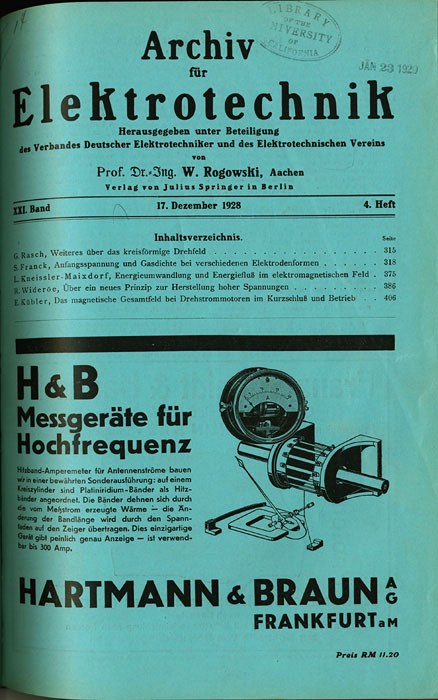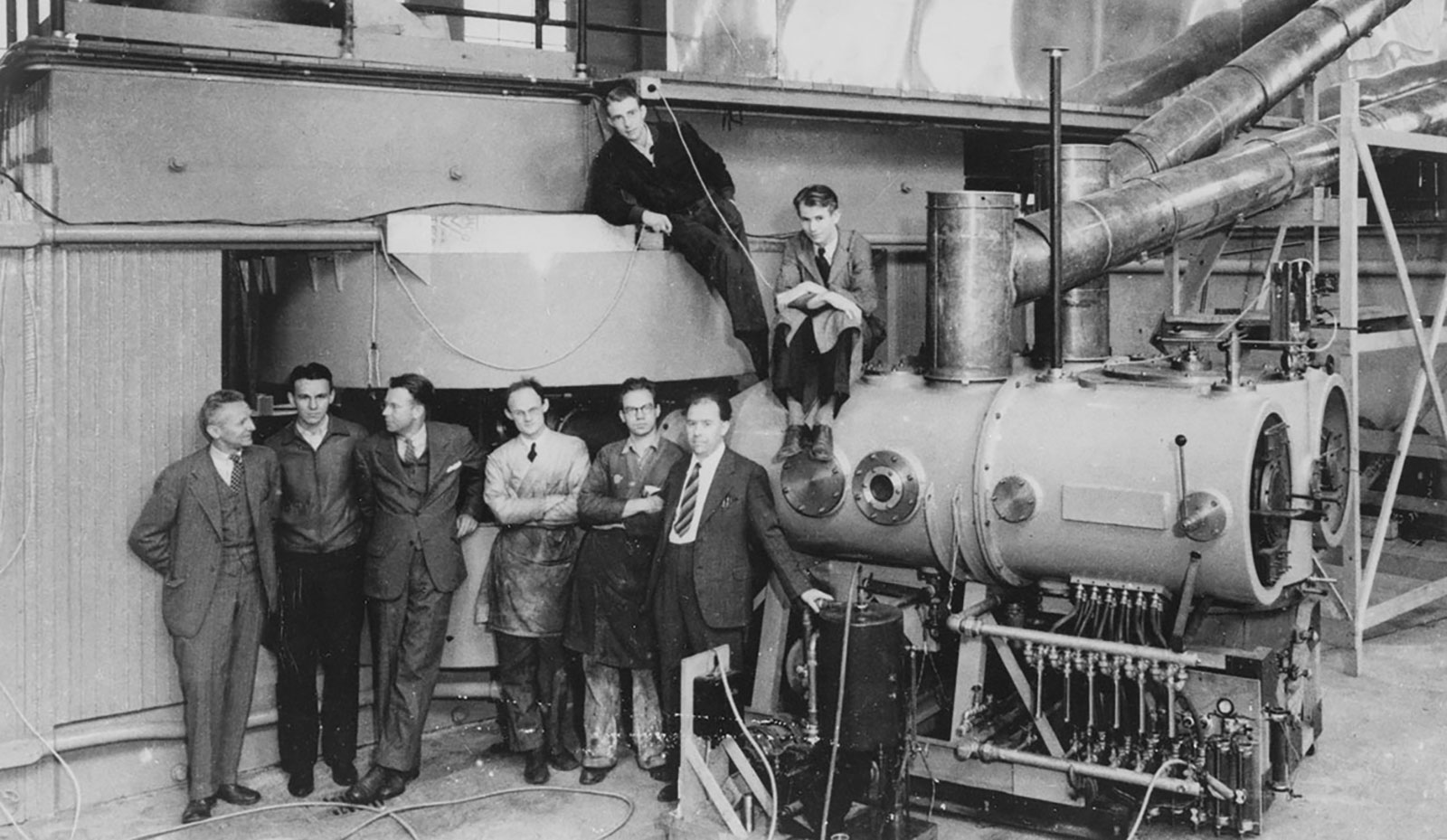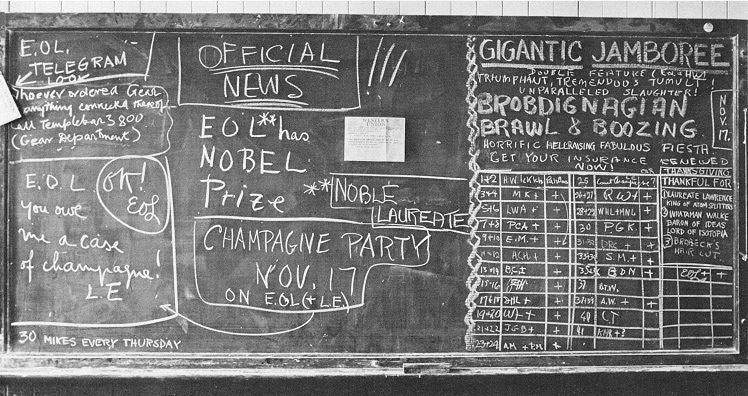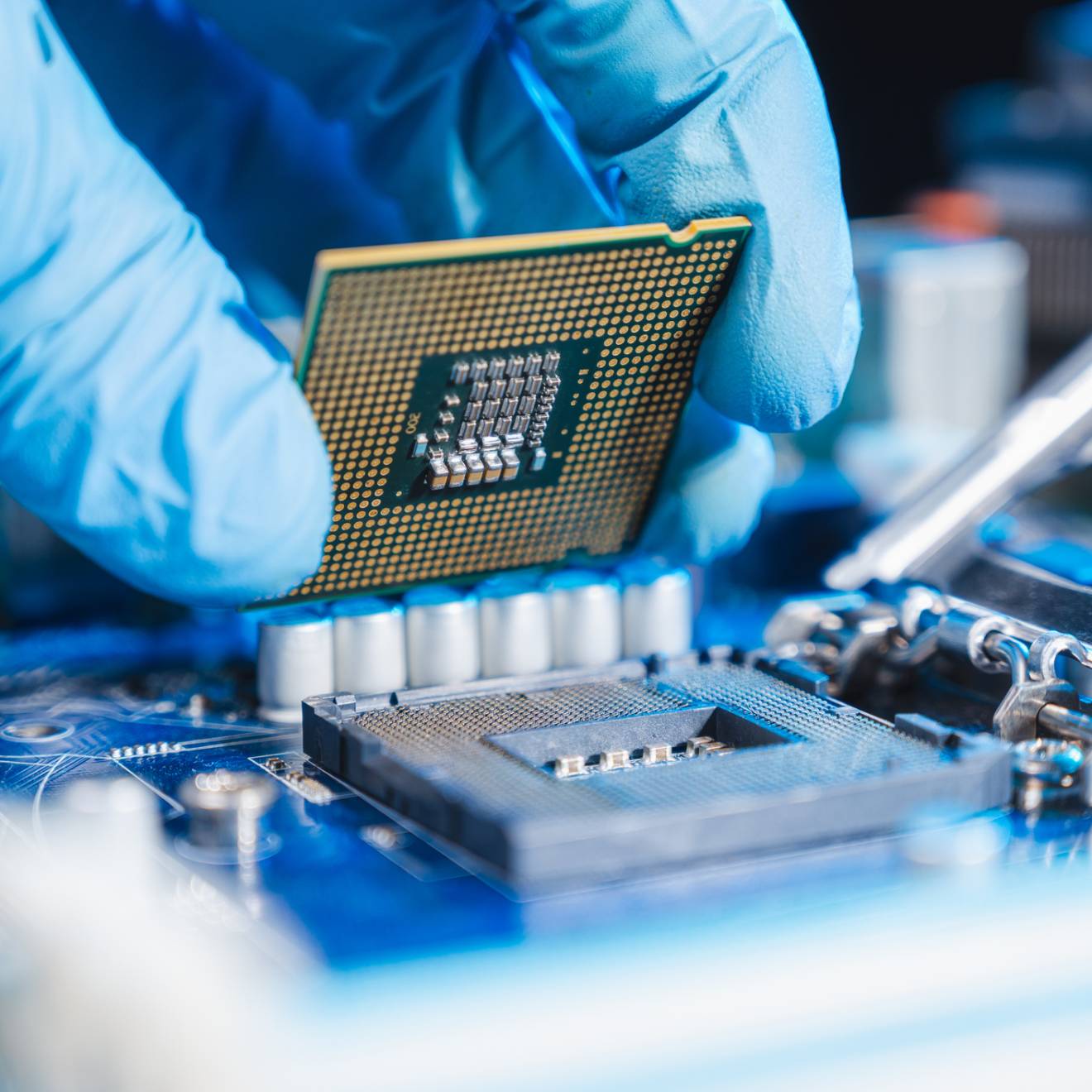What’s inside an atom?
It’s not a trivia question. Physicists in the early 20th century knew that atoms contained component parts — electrons and a nucleus with protons and neutrons within. But nobody knew what the inside of an atom actually looked like.
That’s because no one could figure out how to smash one open to see inside. Once they did, a whole new world — a nuclear one — would open up.
One of the first atom-smashers of the era was UC Berkeley’s Ernest O. Lawrence, inventor of the world’s first operational circular particle accelerator, the cyclotron.

The journal that started it all: “Ueber Ein Neues Prinzip Zur Herstellung Hoher Spannungen,” Von Rolf Wideroee, Archiv Fuer Elektrotechnik, Band XXI, Heft 4, Dezember 17, 1928
Lawrence was trying to tackle one of the main issues holding back physics, the paltry power of early particle accelerators.
Having come across a diagram in an obscure German technical journal that gave him inspiration, Lawrence got to work on a new design that would zap the particle he was trying to accelerate repeatedly, to help it gain energy and gain speed.
His design, first built from glass, sealing wax, bronze and such humble objects as a kitchen chair and a wire-coiled clothes tree, was able to charge particles with more power than ever previously recorded — first 80,000 volts, then more than a million — requiring so much electricity it occasionally caused power outages to the entire city of Berkeley. It looked like it could get close to hitting the goal of 10 million volts — what physicists speculated was required to make particles effective atom-smashers.
In 1932, Lawrence‘s team became just the second in history to split the atom (they were just a few weeks later to be the first — that honor went to John Cockroft and Ernest Walton’s generator).

Berkeley staff, including Ernest Lawrence, third from left, hanging out with the 60-inch cyclotron, built in 1939. Emilio Segrè and Glenn Seaborg had used the lab's 37-inch cyclotron to discover technetium-99 just a year earlier.
As Lawrence and his Berkeley Radiation Lab team built bigger and bigger cyclotrons, capable of unleashing more and more power, they realized they could do something incredible: find new elements. Eventually, 14 new elements were discovered through the cyclotron, including one named for the inventor himself, lawrencium. Countless radioactive isotopes were also discovered.
The cyclotron and its immense potential provided the basis for Ernest O. Lawrence's 1939 Nobel Prize win in physics. His team was a little excited.
The cyclotron also provided the basis for a number of important new technologies: radioisotopes as a diagnostic tool in medicine; carbon dating; and nuclear weapons. Particle accelerators are now used for everything from sealing milk cartons to discovering the Higgs Boson particle.
Lawrence’s cyclotron was a bold idea that continues to influence many areas of life today. Check out the One Bold Idea podcast to hear UC Berkeley physicists tell the story of how the Nobel Prize-winning invention got its start on campus, what it looks like today and what lies ahead for this Berkeley-born machine.
One Bold Idea tells stories of pivotal moments in California history that have shaped the world, spanning topics from the arts, health, agriculture and technology. This series is produced in celebration of the University of California's 150th anniversary. For more stories, visit 150.universityofcalifornia.edu. Subscribe to One Bold Idea on Stitcher or iTunes.
Top photo: Ernest Lawrence, right, shows off his newly completed 184-inch cyclotron, housed in the just-constructed Radiation Laboratory, for Glenn Seaborg and Robert Oppenheimer, left, in 1946.



